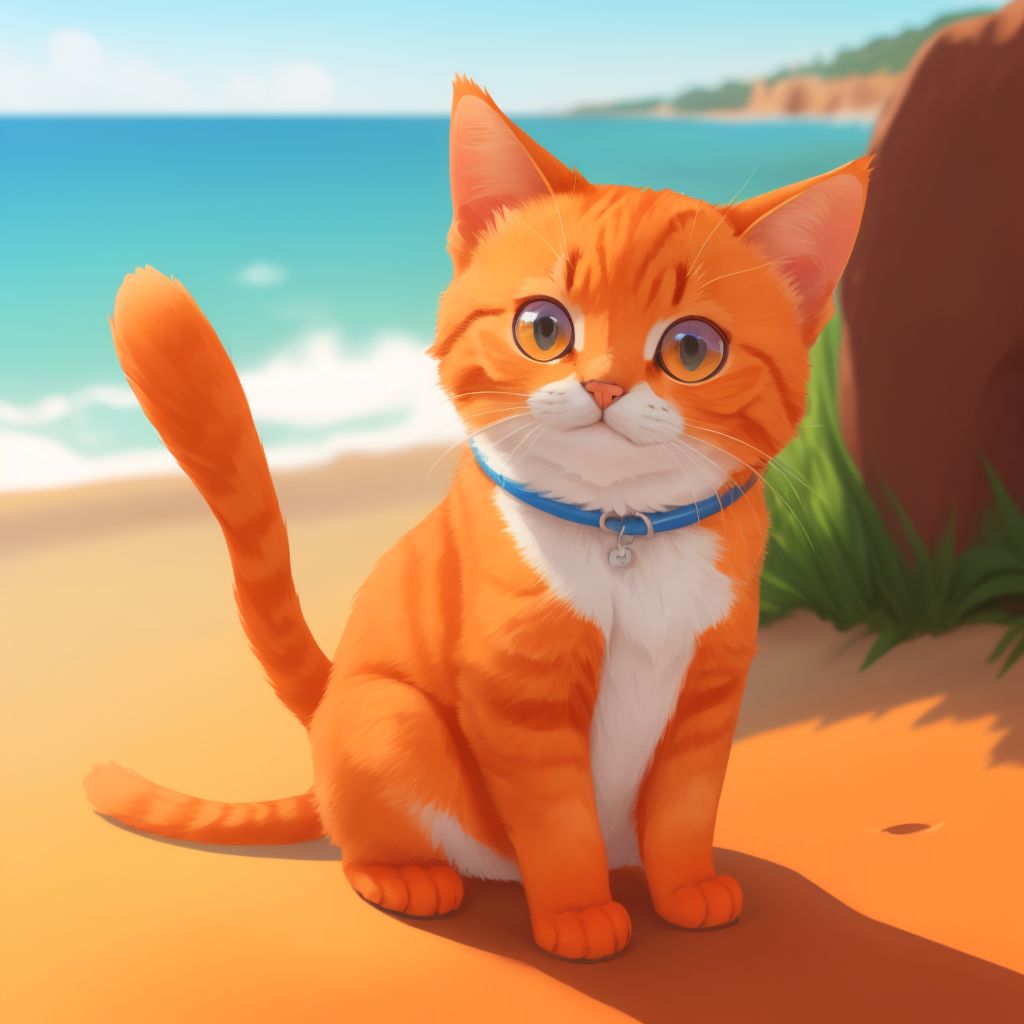

Recommend
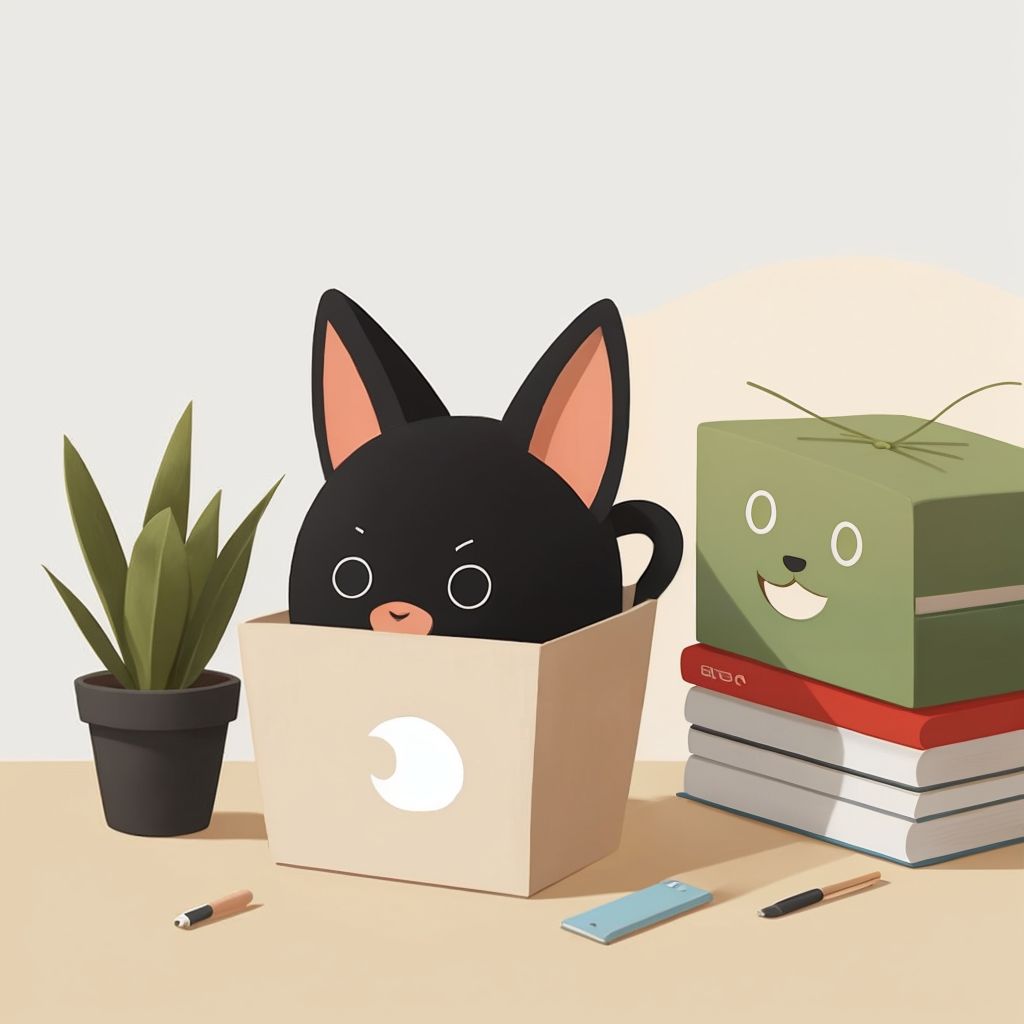
The story is about two applications, Pakuś and Minimalka, living on a computer's SSD drive. Pakuś collects everything, creating clutter and slowing down his computer, while Minimalka keeps only what’s necessary and organizes everything neatly. When Pakuś's computer becomes too slow to function properly, Minimalka helps him clean up by deleting unnecessary files and organizing folders. Afterward, the computer runs smoothly again, and Pakuś learns that less clutter leads to better performance and more space. The moral of the story is that order leads to efficiency and peace
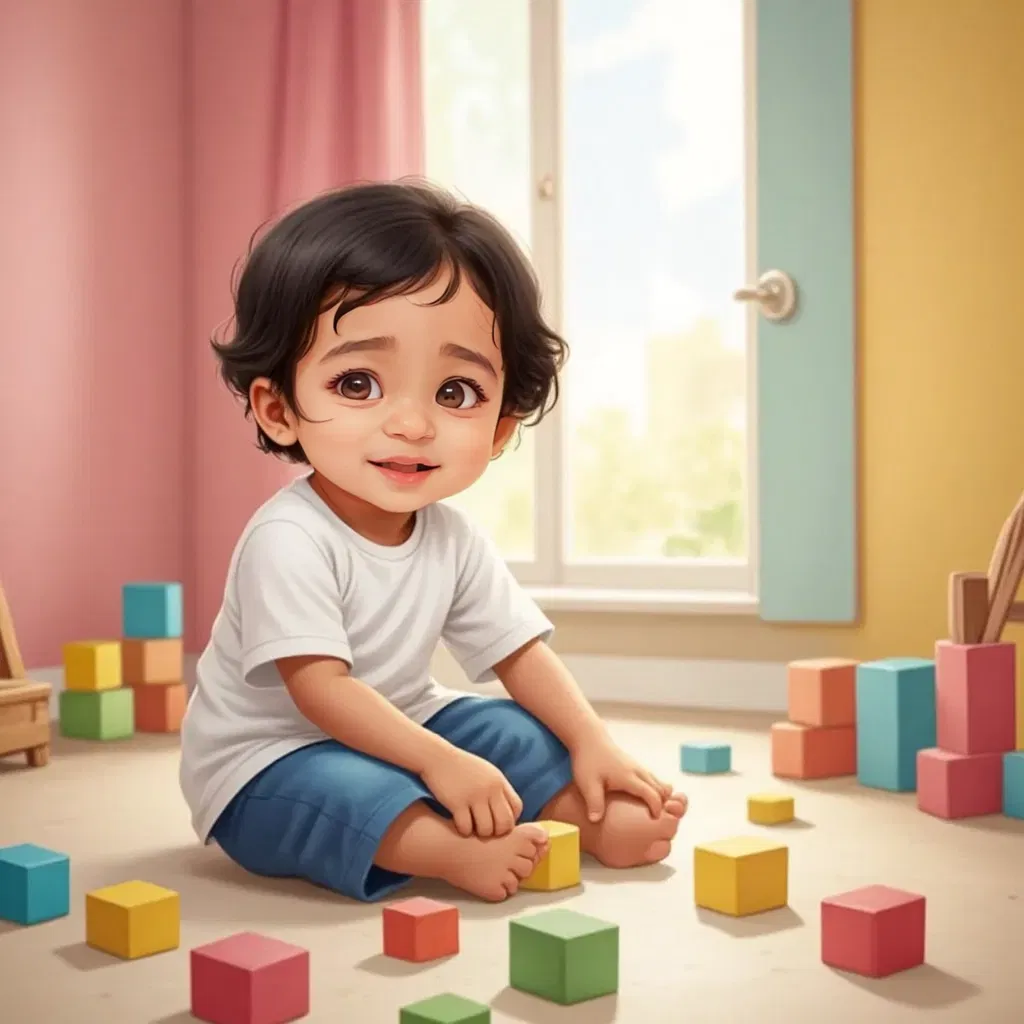
A child faces their fear of thunderstorms and discovers the beauty and wonder behind the rain.
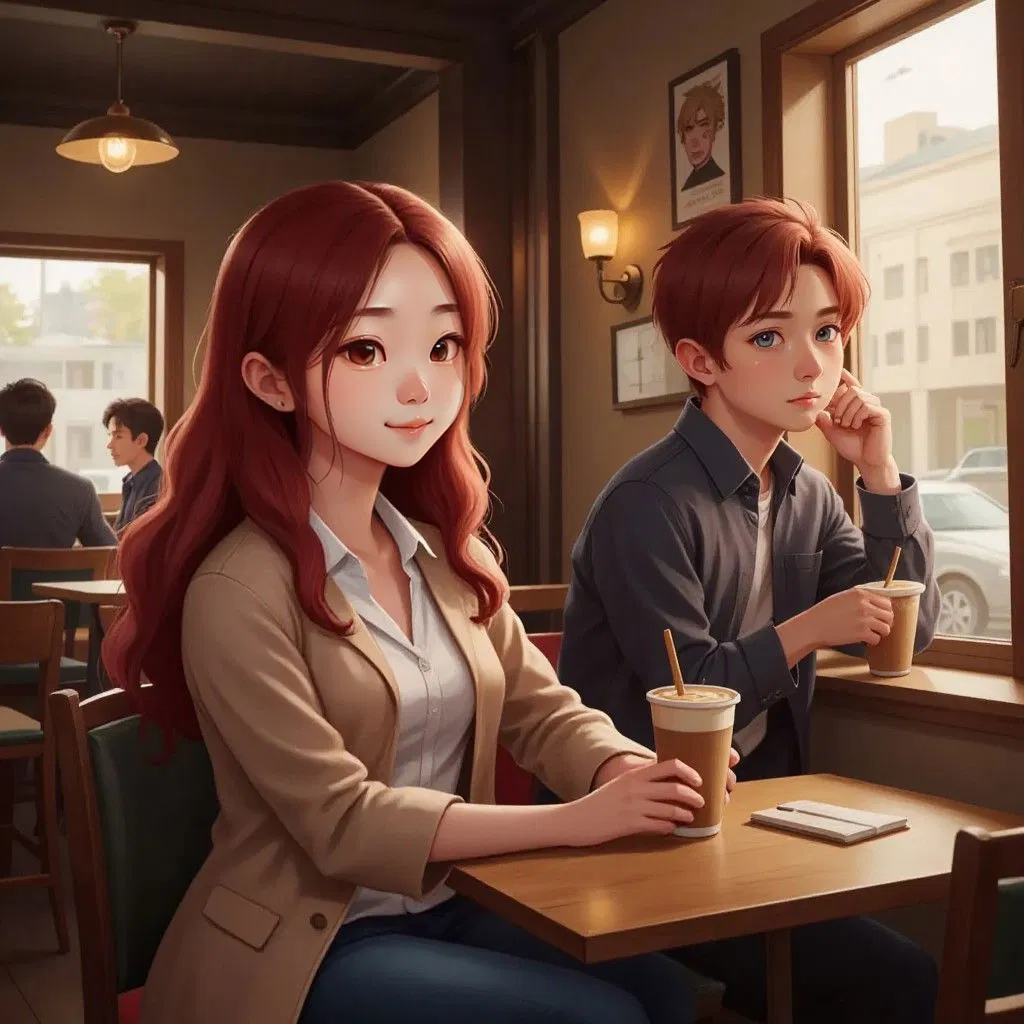
**The Blue Eyes** Lena liked the café for its quiet predictability—familiar faces, muted conversations, and the hum of rain on the windows. It was her refuge, a place where no one expected anything of her. That’s when she noticed him. He sat by the window, ordinary in every way except for his eyes—blue, startlingly vivid, like they saw through her. When he glanced her way, Lena quickly looked down, her heart unexpectedly quickening. Moments later, she heard his voice. “Is this seat taken?” Startled, she stammered, “No, go ahead.” He sat across from her, casual but assured. “I’m Michael,” he said, his gaze steady. “Lena.” Their conversation began awkwardly but quickly fell into an easy rhythm. They talked about books, the rain, nothing extraordinary—yet everything about it felt significant. His presence was magnetic, his words strangely familiar, as though they were picking up a thread they’d left unfinished. --- Michael started appearing more often, each visit deepening their bond. He knew little details about her—how she always ordered her coffee black, how she twisted her ring when nervous. “You notice a lot,” Lena said one day, half-joking. He smiled, almost apologetic. “I don’t mean to. It’s just... you feel familiar. Like I’ve known you before.” Lena’s chest tightened. She felt it too—that inexplicable pull, as if their lives had crossed in ways neither could explain. But she didn’t ask what he meant. Some feelings were too fragile to question. --- Then one day, he disappeared. Lena waited, watching the door every afternoon, her heart sinking when he didn’t come. She texted him, but there was no reply. Days turned into weeks. She went to the café out of habit, but the empty chair across from her was impossible to ignore. He was gone. Sitting by the window one rainy evening, she let the memory settle in her chest like a bittersweet ache.
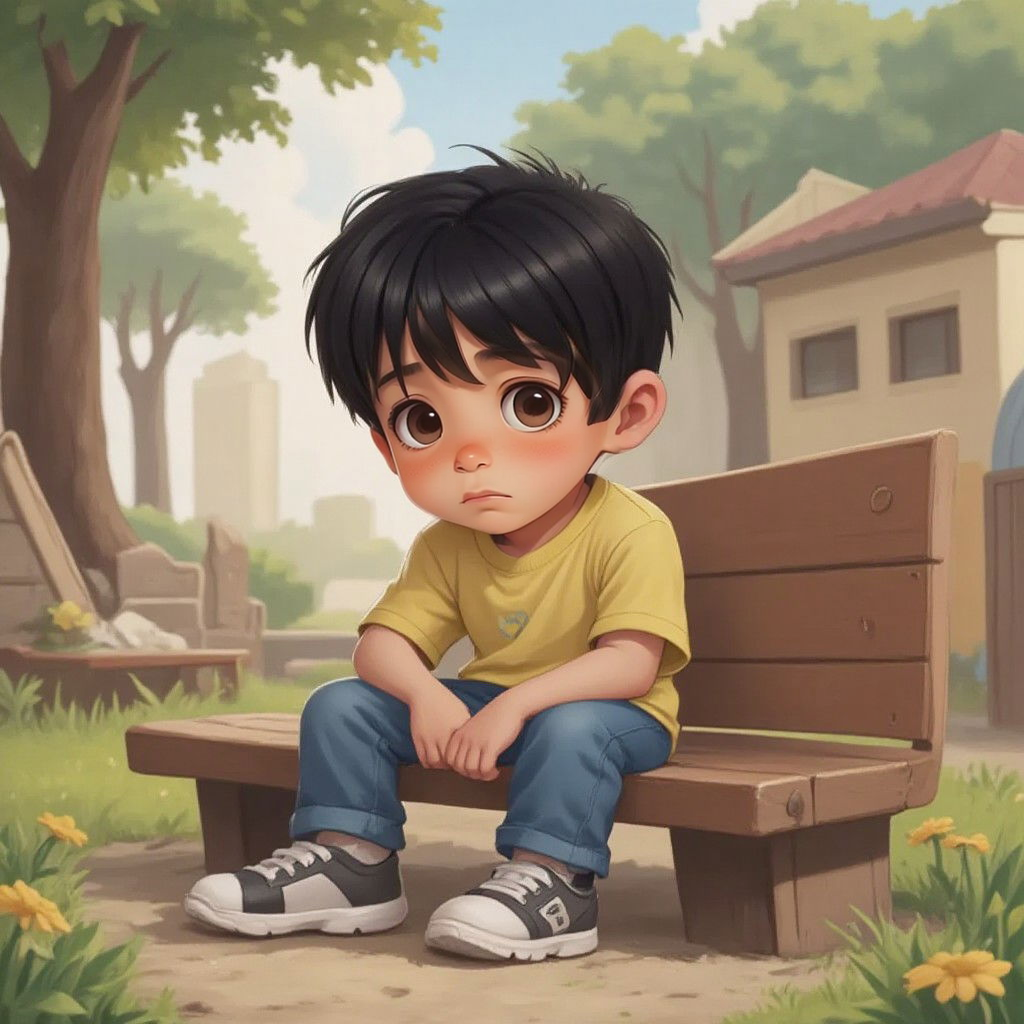
A boy is always bullying other kids on the playground and friends came together to show him what friendship is, turns out he was bullying because he didn't have friends
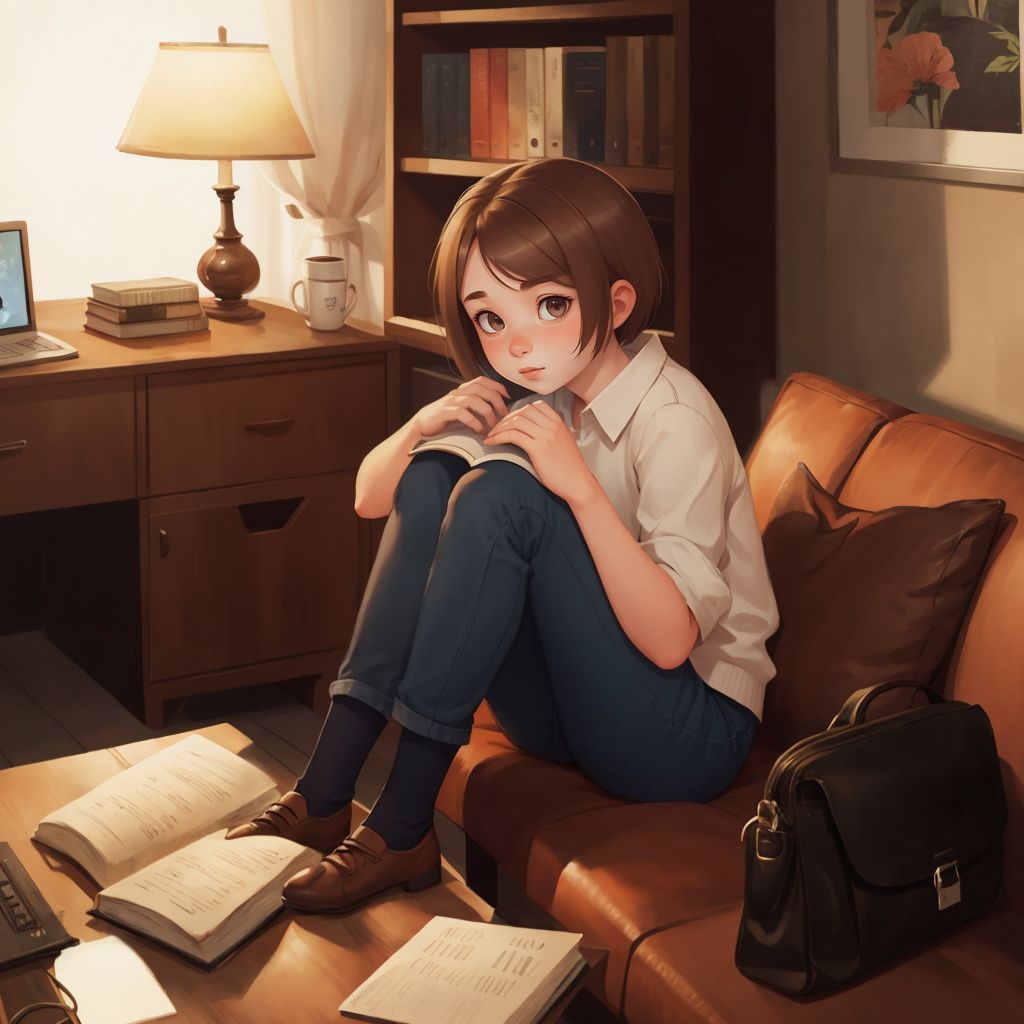
Жила девочка Сара. Она мечтала о школе мечты. Она хотела чтобы там было, зона отдыха любимые уроки химия биология гимнастика технология история самые лутчие хорошие и добрые учителя самая вкусная еда пицца бургер картошка фри тортики кексики и много сладостей чтоб на каждой контрольной давали плитку шоколада и много вечеринок
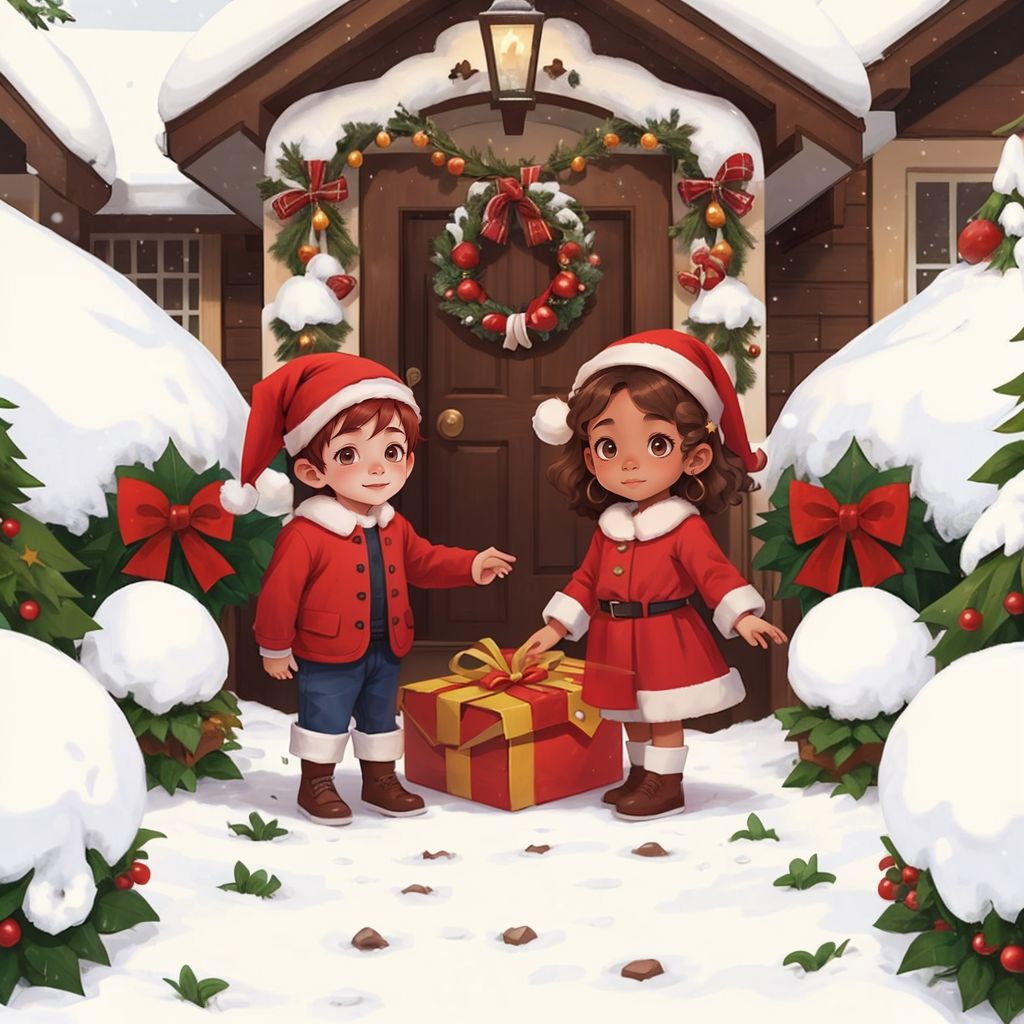
1. The main character are a little boy and girl. They receive a mysterious letter in a glowing envelope It’s nearly Christmas make it festive. 2,They decide to follow a hidden path or clue from the letter.,A snowy forest trail with faint footprints leading into the distance. 3,They meet a squirel that offers to guide them, pointing towards the horizon. 4,The character faces a magical challenge or puzzle they must solve.,A sparkling, enchanted object (e.g., a glowing key, snowflake puzzle) hovering in the air. 5,They travel through a mystical winter landscape filled with wonders.,A scene with giant candy canes, twinkling lights, and snow-covered trees. 6,The character meets a group of helpful elves or other magical creatures.,A group of tiny, cheerful elves or magical creatures working in a cozy workshop. 7,The character is given a special power or tool to help complete their journey.,A magical item glowing in the character’s hand (could be anything—wand, compass, or amulet). 8,A moment of doubt or difficulty—perhaps a snowstorm or obstacle blocks their way.,Dark clouds rolling in or a giant snowdrift in their path. 9,The character overcomes the obstacle with bravery or help from a new friend.,A group of characters pulling together to solve the problem (e.g., a snowman building a bridge, an animal clearing the path). 10,They discover the true meaning behind their journey—something about friendship, kindness, or holiday spirit.,A glowing Christmas star shining down on a gathering of characters (or any peaceful, heartwarming scene). 11,A final celebration with everyone they met along the way.,A festive scene with all the characters gathered around a Christmas tree, sharing joy and gifts. 12,The character returns home with a sense of accomplishment and a holiday surprise waiting for them.,The character looking through a window at their warm, decorated home, with family waiting inside.

Luke goes to Disneyland. He likes Donald duck
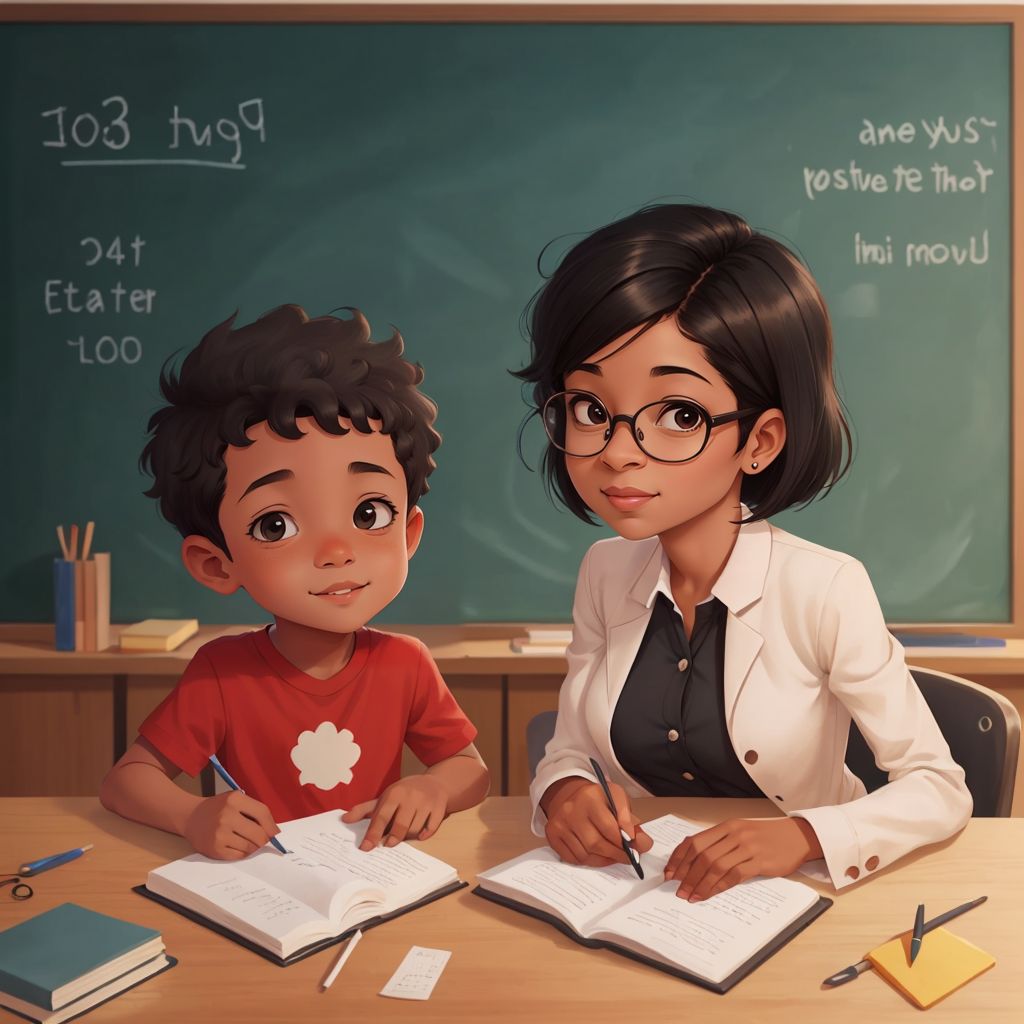
Affirmation sayings for children that have experienced trauma. This book is to affirm and encourage children that have been resilient in hard times. Affirmation: "I am strong, even when things are hard." Illustration Idea: A young African-American boy lifting a magical, glowing boulder with ease, representing his inner strength. Affirmation: "I deserve to feel safe and loved." Illustration Idea: A girl with protective animals, like a lion and a dove, by her side in a peaceful forest, symbolizing safety and care. Affirmation: "My feelings matter, and it's okay to feel them." Illustration Idea: A child sitting by a river, surrounded by clouds that change color based on their emotions, showing a range of feelings. Affirmation: "I can be brave and take things one step at a time." Illustration Idea: A young boy standing on a path in the woods, holding a lantern, with each step forward lighting up in front of him. Affirmation: "I am growing stronger every day." Illustration Idea: A girl watering a garden where flowers bloom bigger and brighter with every drop, symbolizing personal growth. Affirmation: "I can ask for help when I need it." Illustration Idea: A group of children holding hands in a circle, supporting one another as they stand tall together. Design Style: Illustrations: Soft, comforting colors with a whimsical, storybook feel. The characters will be diverse, primarily representing African-American children, to ensure that children of color feel seen and empowered. Tone: Gentle and nurturing, with emphasis on resilience and healing. Format: Simple, short sentences that children can read or have read to them by a caregiver.
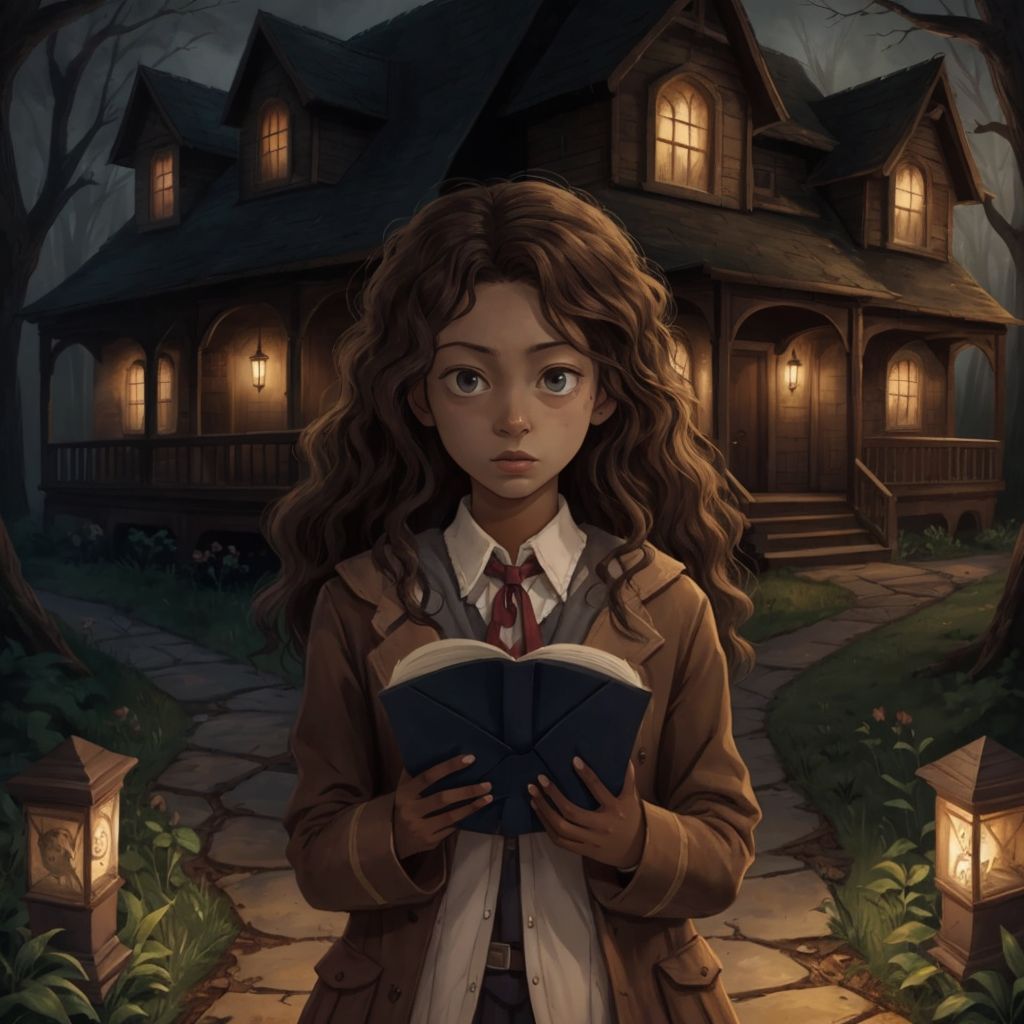
Friends and family mystery team solves the mystery in the haunted house.
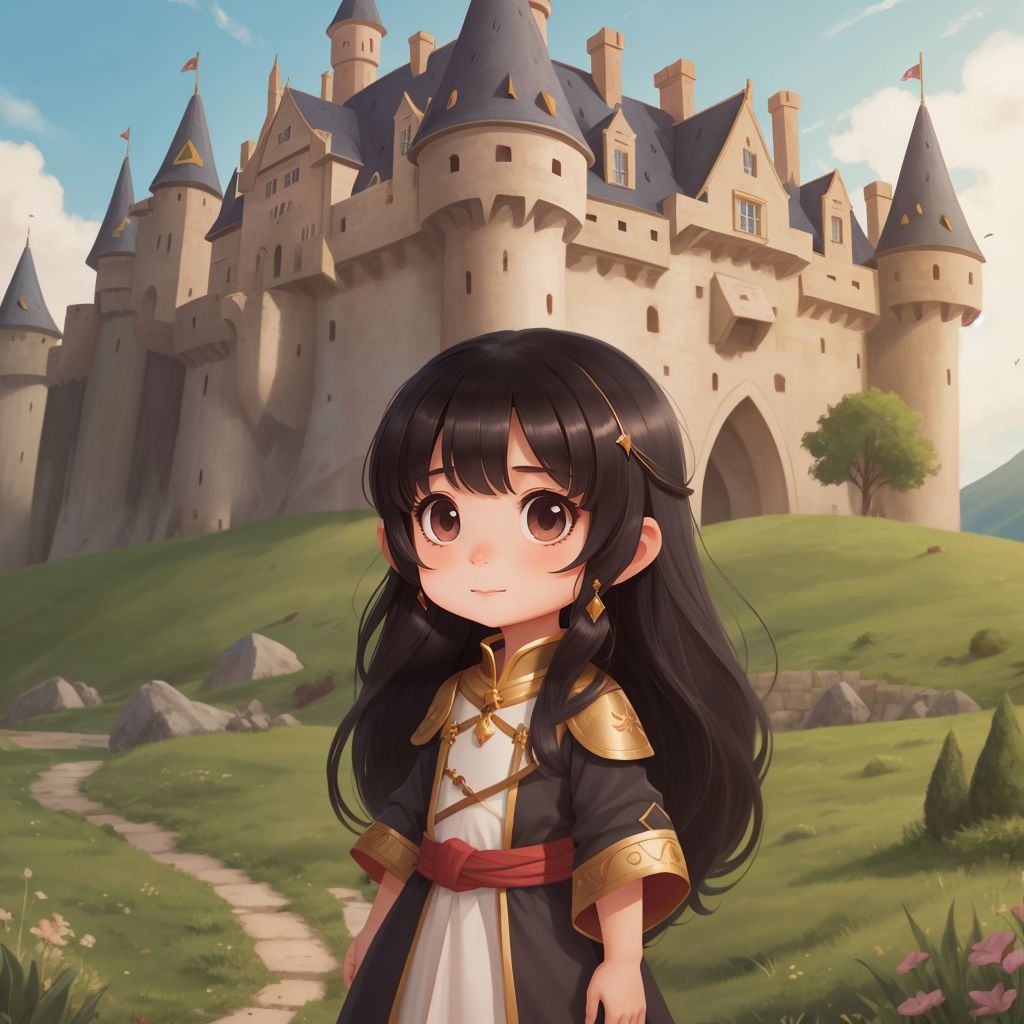
Write a short hero and bravery story with all these kids' names. Phoenix should be the main character and the princess. The rest are her friends. Her friends names are Penelope, Mickie, Rylee, Melanie, Lani, Lani, Levi, and Liam. This should be a fairy tale hero story. They all should possess some form of magical skill that are all different from one another to defeat the villain, Malakar, from turning the Kingdom Lumina into stone.
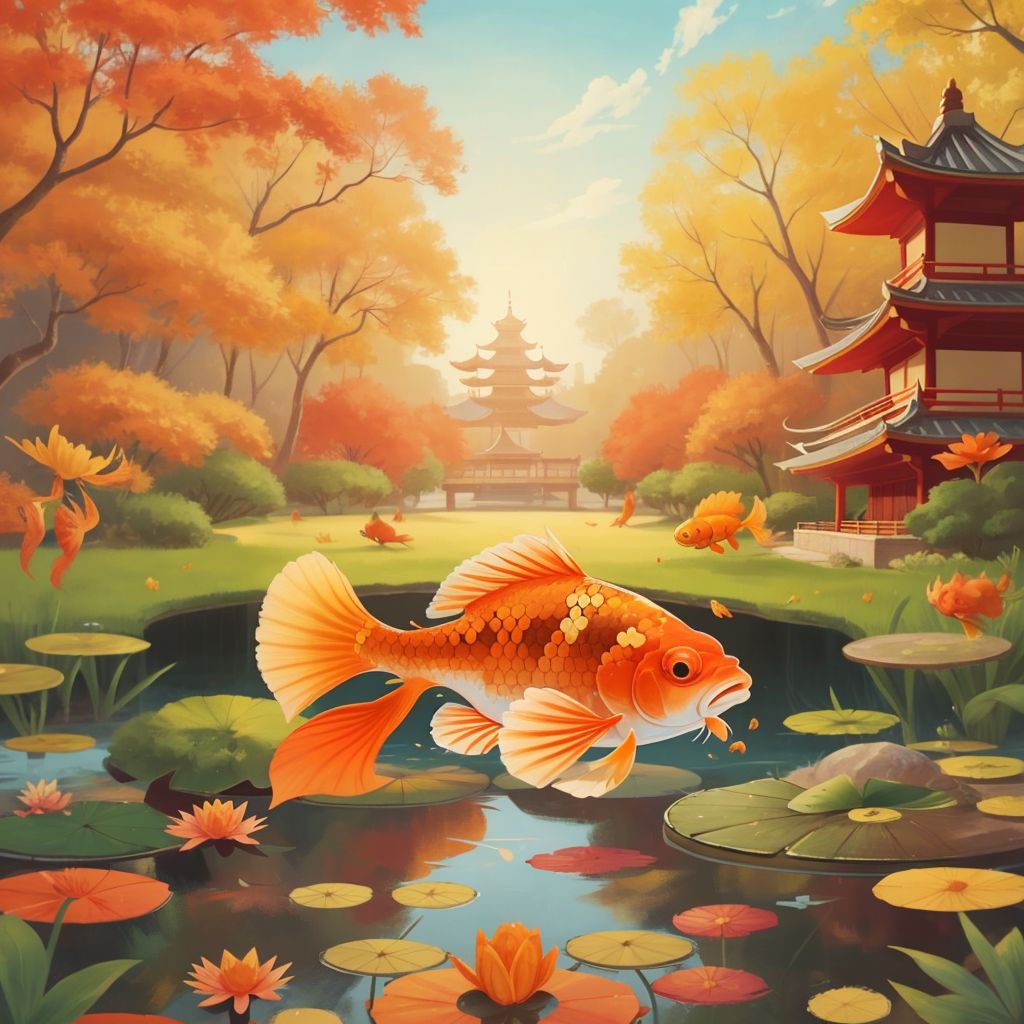
Nori, a small koi fish in a temple pond, dreams of seeing the ocean. With the help of his pond friends and a wise old turtle, Nori embarks on a journey to fulfill his dream, learning about courage and the importance of home along the way.
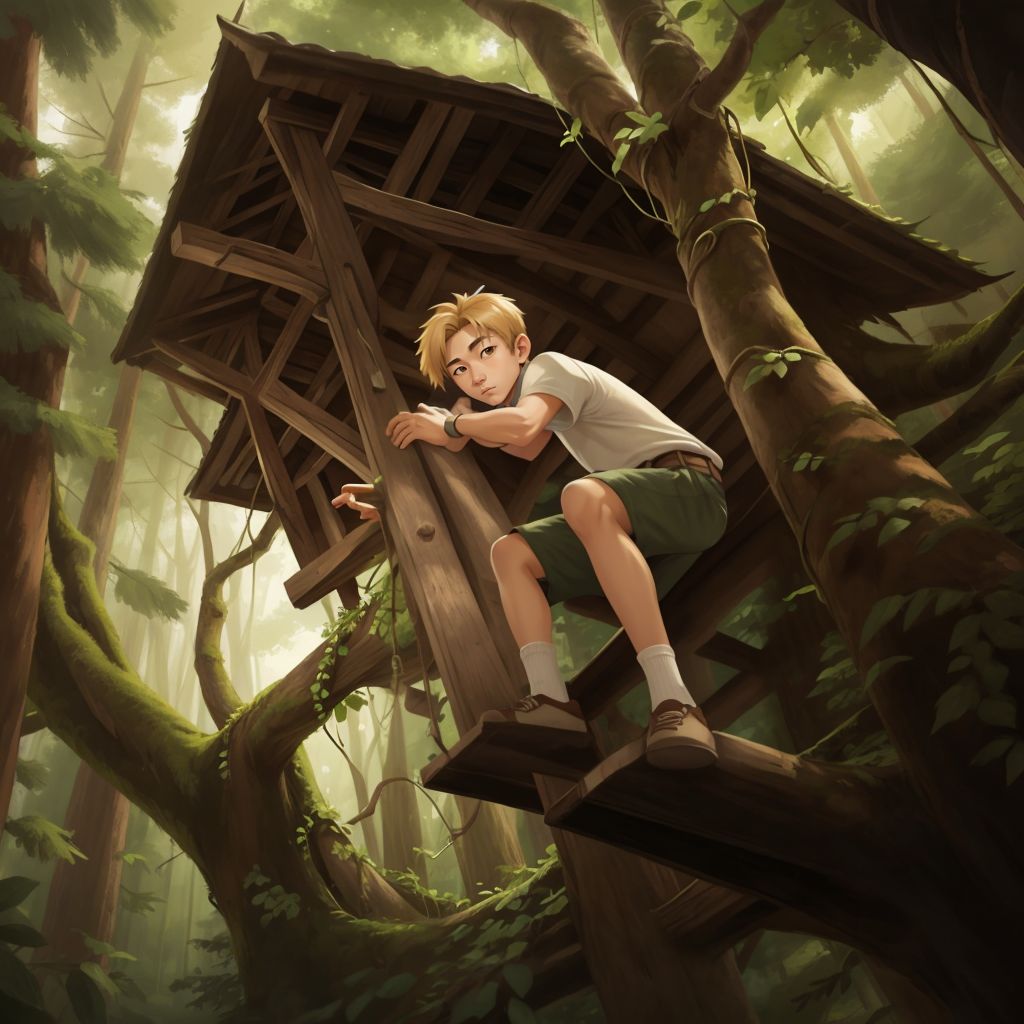
Three friends discover an old treehouse in the forest. As they explore it, they find that it’s not an ordinary treehouse but a gateway to magical adventures. Each visit takes them to a different fantastical world where they solve mysteries, meet mythical creatures, and learn valuable lessons about friendship and bravery.
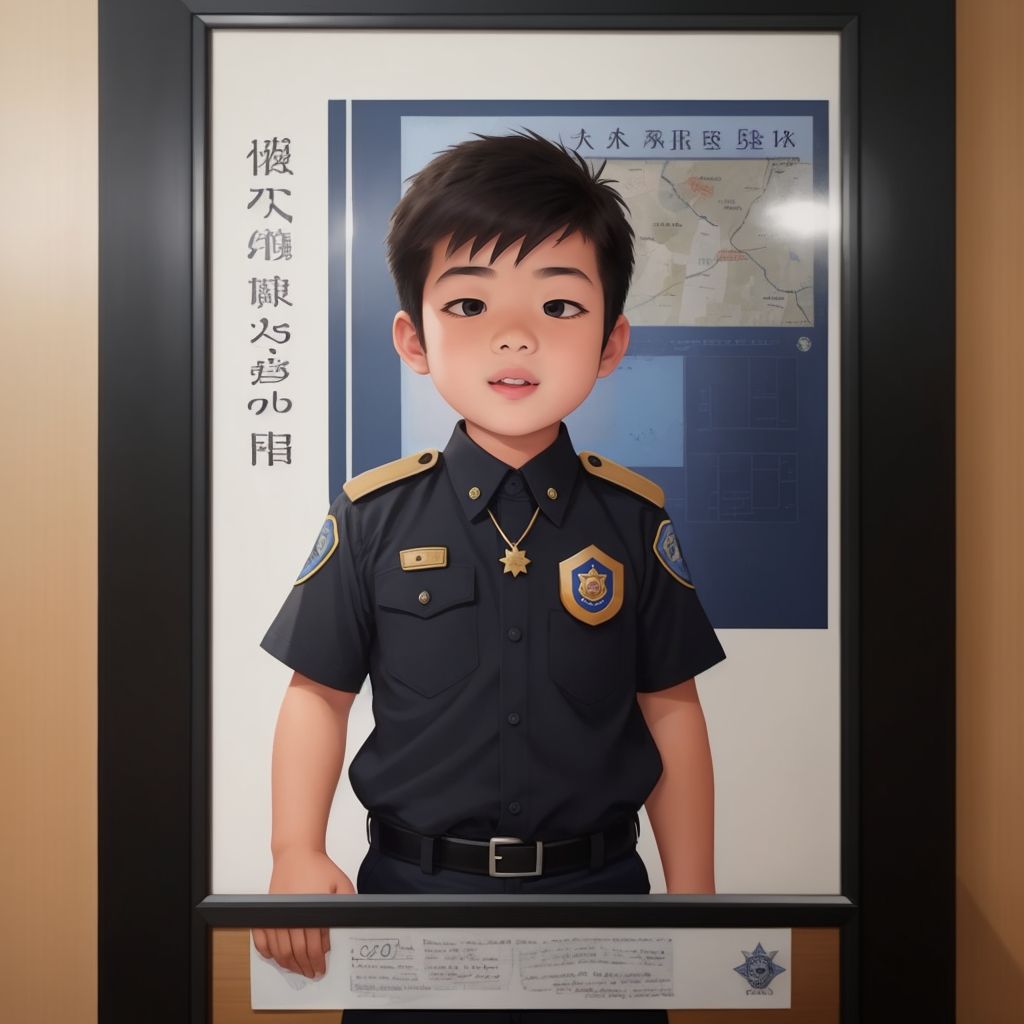
Kobe is an undercover police officer. He is the best policer officer in the world. He drives fast cars and has a good time but he is only young
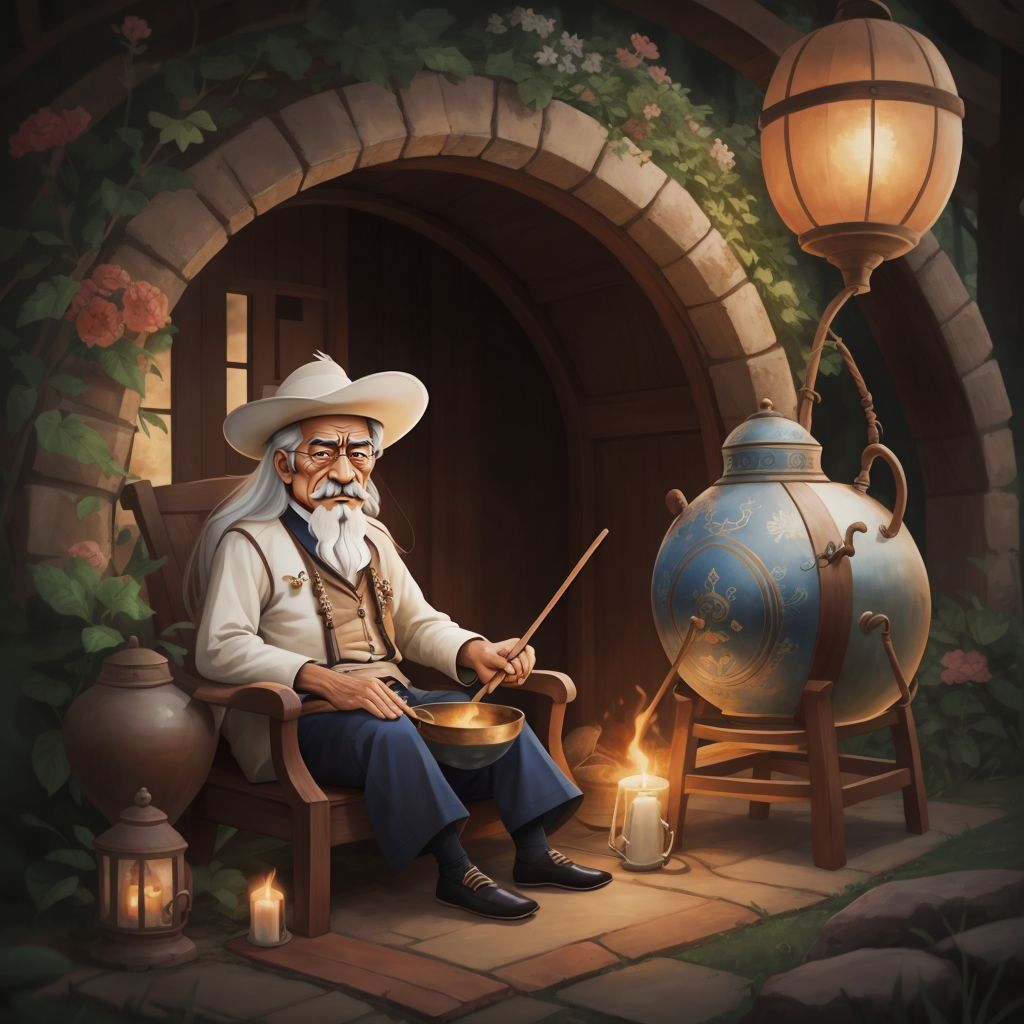
1. FooWiz is sitting in front of a beautiful cauldron, ready to put in the healthiest rainbow. The cauldron in the shape of a man's face is kept on top of another larger beautiful cauldron separated by a cylindrical pipe in between. 2. Zoom out the 2 cauldron's & the pipe in between. Make the digestive system inside this structure, wherein the mouth portion is in the top cauldron & the intestinal portion is in the bottom cauldron. 4. FooWiz jumps into the top cauldron with the pizza. 5. Zoom into the top cauldron that looks like the buccal cavity & show teeth & silvery potion. 6. FooWiz maneuvers the teeth to break the pizza into small pieces. 8. With the bowl in hand, FooWiz jumps off the cylindrical pipe in between the 2 cauldrons. 9. FooWiz lands in the top part of the large cauldron that looks like a rotating merry go round filled with a bubbly light orange liquid.
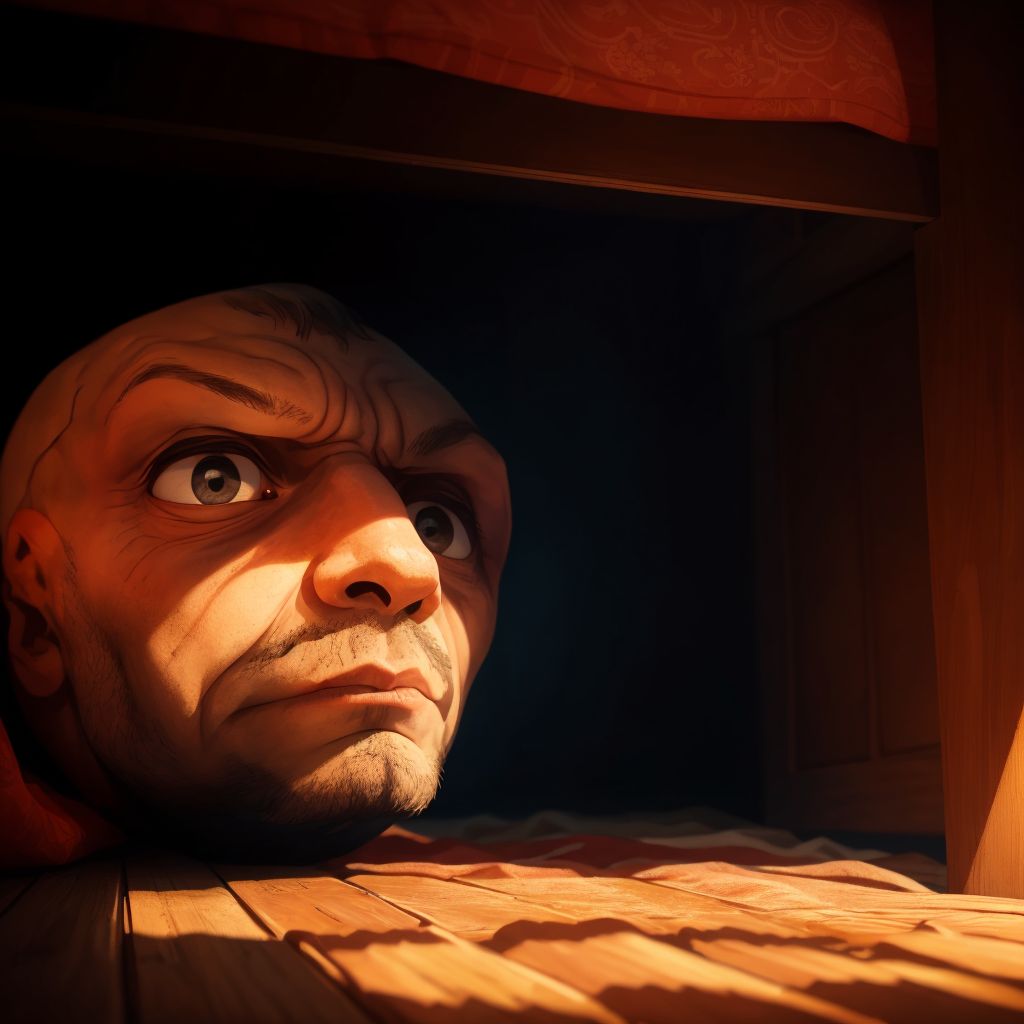
Bir gün Atlas, British cinsi kahve tüylü kedisi Latte'yi her zamanki gibi pencerenin önünde bulamamış. Bütün odaları dolaşmış, bahçeye bakmış, ancak sevimli kedisini bulamamış. Atlas, dışarı çıkıp aramaya başlamış. Tam o sırada yaşlı çınar ağacının tepesinde, Latte'nin sevimli yüzünü görmüş. Atlas hemen, bir merdiven bulmak için evine koşmuş. Ancak, eve varmadan karşısına çıkan minik bir peri, elindeki sihirli değneği uzatmış. "Merhaba Atlas! Ben Bahar perisiyim. Gökkuşağı Ormanı'na gitmeli ve oradaki Gökkuşağı Çiçeği'ni bulmalısın. Bu çiçeği alıp geri dönersen, sihirli gücümü kullanarak kedin Latte'yi kurtarabilirim," demiş. Atlas, Gökkuşağı Ormanı'na doğru yola çıkmış. Yol boyunca engelleri aşmış, büyülü hayvanlarla arkadaş olmuş ve sonunda çiçeği bulmuş. Elindeki parlak çiçekle geri dönen Atlas, Bahar perisine çiçeği uzatmış ve Latte’yi kurtarmış.
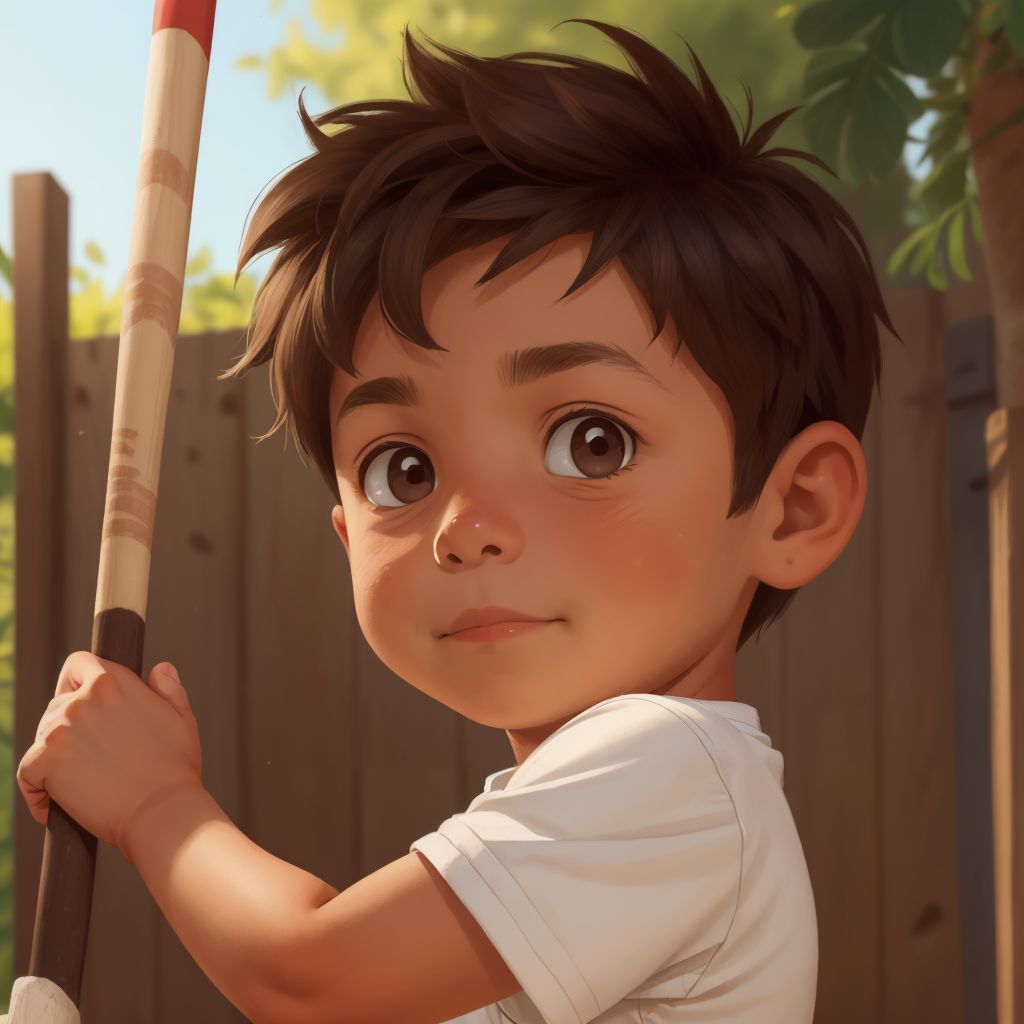
hildrens story about a 6 year old boy that loves baseball. Focus on his love of the sport from playing baseball to watching professional baseball games. Include topics of teamwork and overcoming challenges in learning to play. Include supportive parents that help him to overcome challenges and practice to be better. The name of the boy is nico
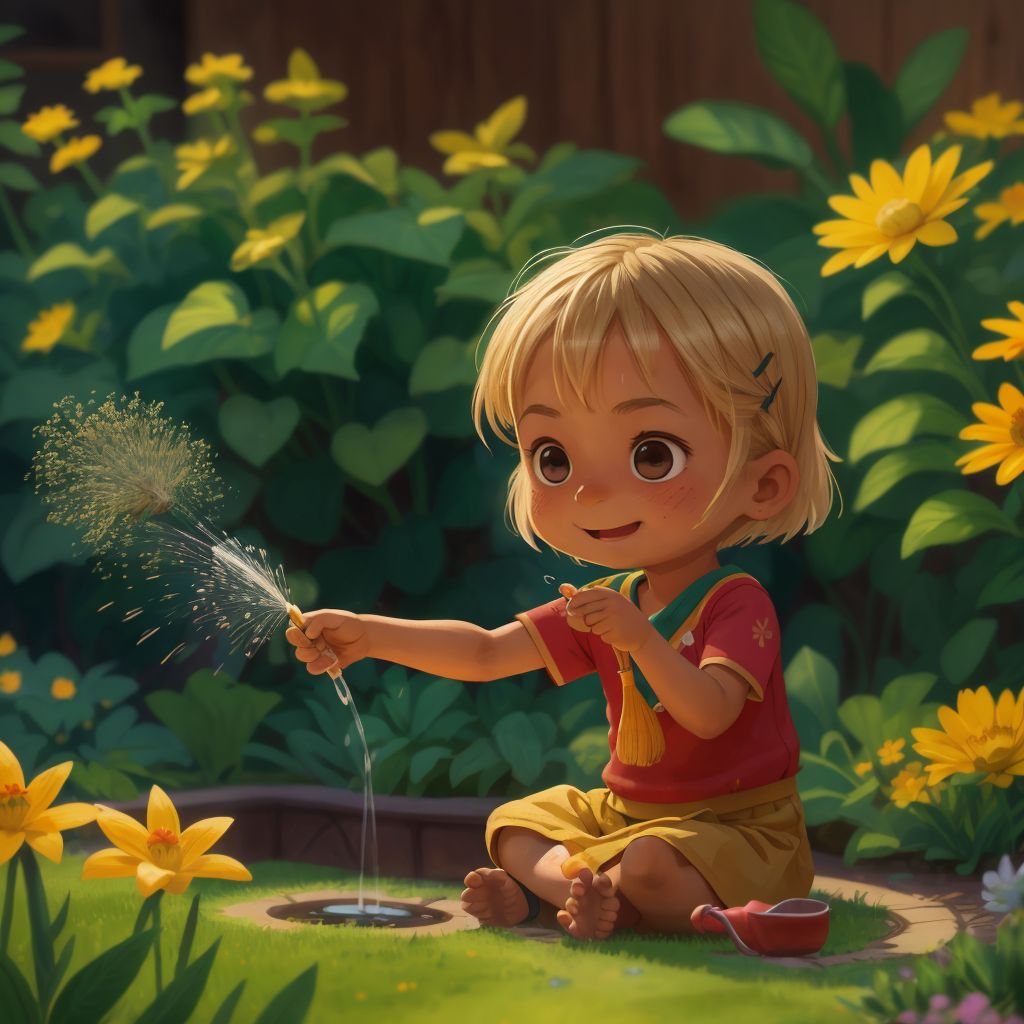
That's what happens to Lily. She loves her garden, her puppy, and her friends, but sometimes, fixing things feels really hard – whether it's a drooping flower, a wonky fort, or a broken friendship.

Adrián y Claudia se enamoran en 2021, viajan, crecen juntos y en 2024 crean un hogar lleno de amor.
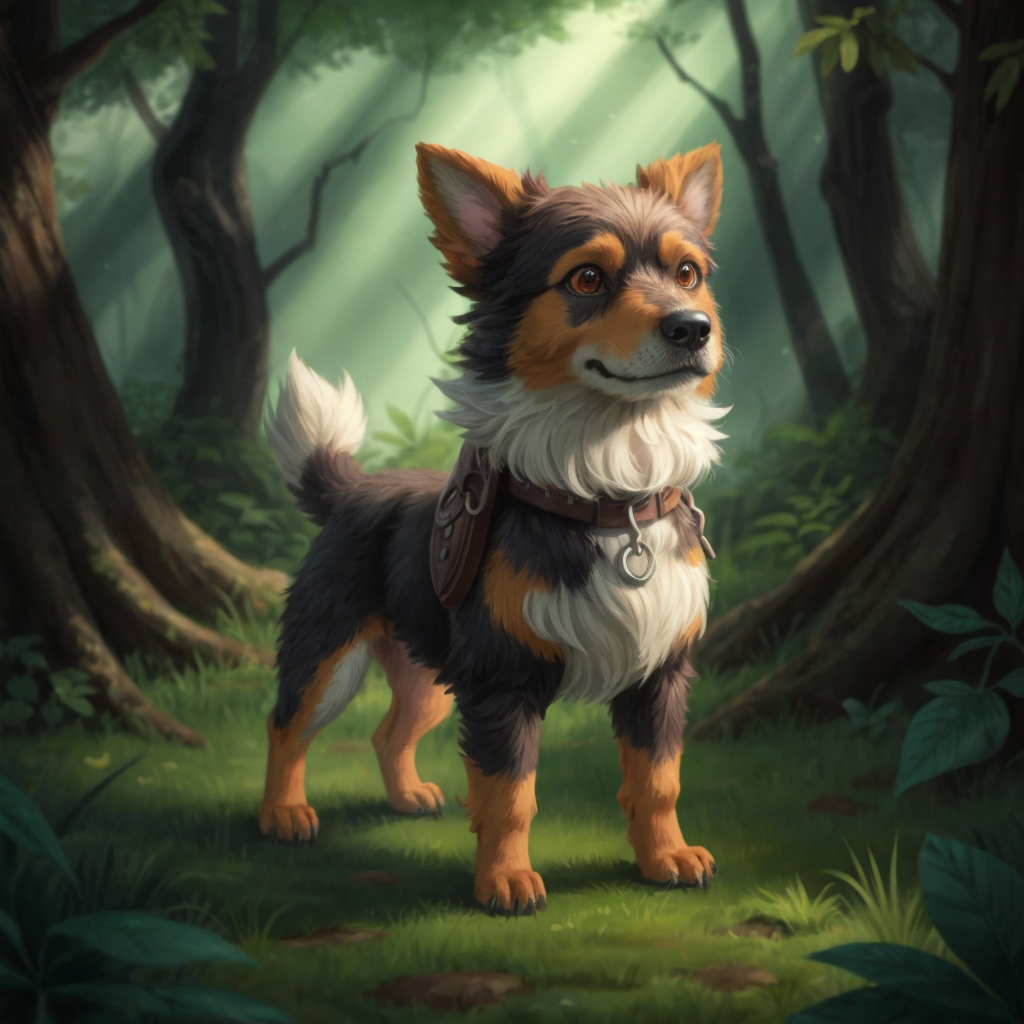
"Brave Barkley's Big Adventure" tells the tale of Barkley, a courageous dog from the town of Pawsington. When he hears a cry from the enchanted forest, Barkley embarks on a daring adventure to help a lost rabbit named Rosie. Throughout the journey, Barkley's bravery and kindness shine as they face challenges together. The story concludes with Barkley becoming a hero in Pawsington, inspiring young readers to be brave and kind in their own adventures. The narrative combines enchanting descriptions, moral values, and moments of triumph to engage and educate young children.

Discover the digital revolution in "The Book of YTCracker: The Spam Gospel." Follow the rise of Bryce Case Jr., alias YTCracker, a genius internet pirate who reshapes the online world. From the genesis of Nerdcore, inspired by WarGames, to the rap battles against anti-spam forces, this cybernetic saga weaves rhythm and hacking into an epic narrative. Dive into the Binary Commandments, the eternal loop of the inbox, and a digital resurrection. Join the Digital Gangsters as YTCracker's legacy echoes through the digital heavens, creating a unique fusion of rap, hacking, and rebellion. Are you ready for the beats of a new era?
